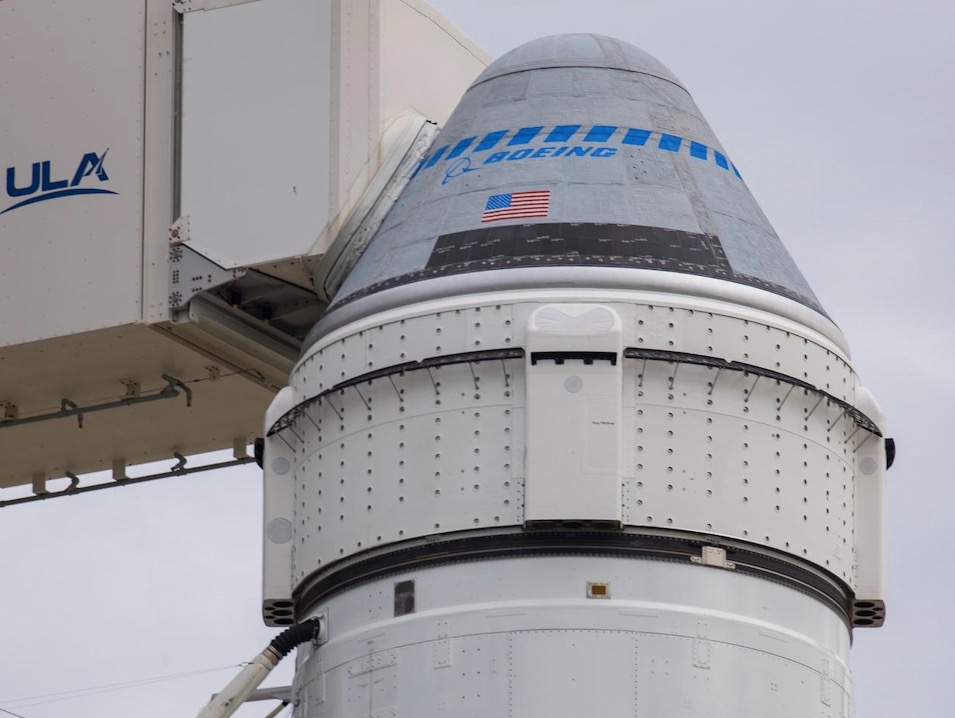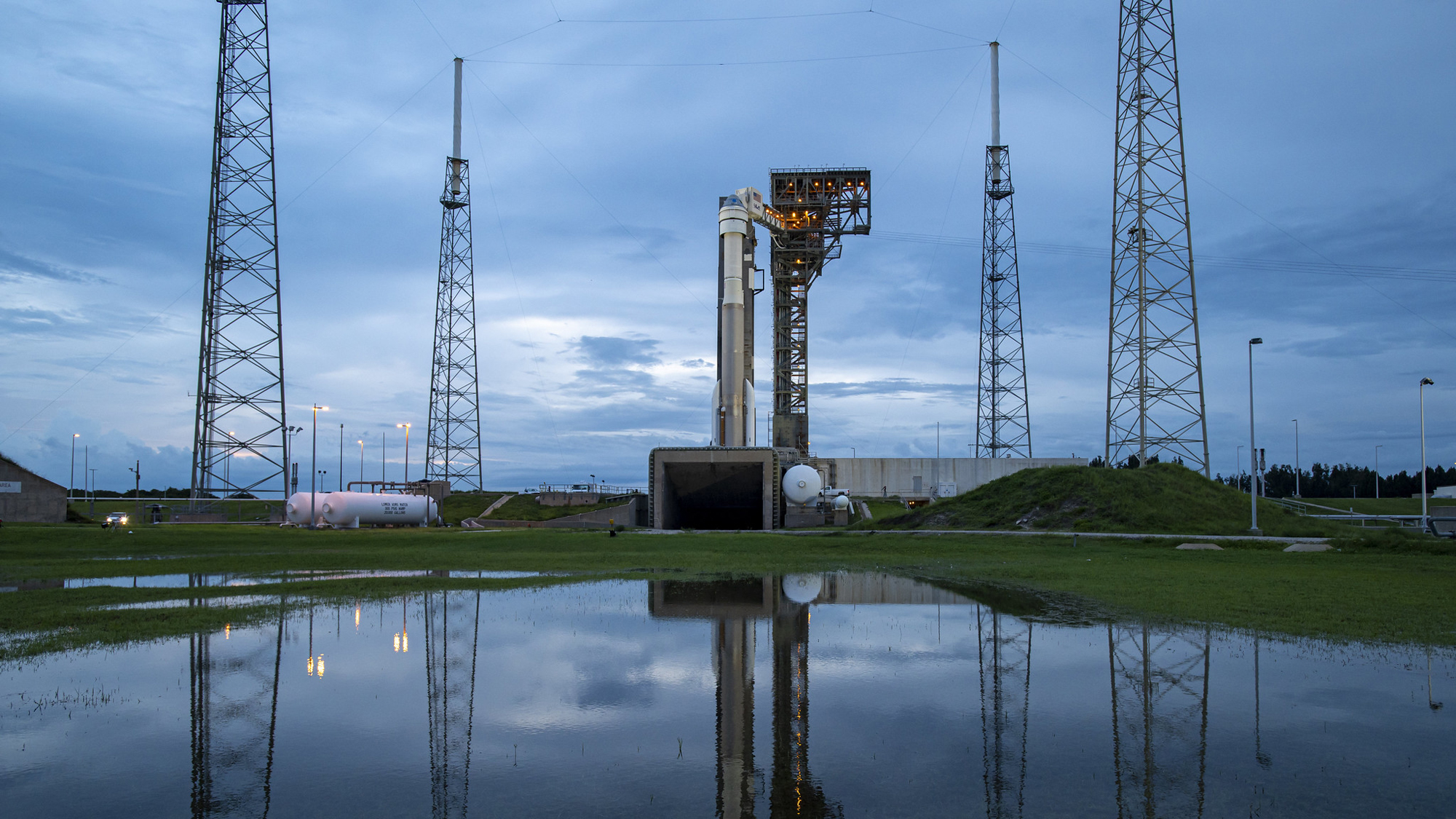Boeing plans to launch its Starliner spacecraft to the International Space Station in May 2022
It will be Boeing's second attempt at reaching the space station with its new Starliner spacecraft.

CAPE CANAVERAL, Fla. — The next launch of Boeing's Starliner spacecraft is slated for May 2022, company officials announced on Monday (Dec. 13). That is if everything goes as planned.
Teams from both Boeing and NASA have spent the last four months combing over data and inspecting valves on the Starliner spacecraft in an effort to figure out what caused several valves in its propulsion system to stick shut.
"NASA has been working side-by-side with Boeing on the service module valve investigation, including leveraging the agency's materials and propellants expertise to better characterize the potential causes of the issue," Steve Stich, NASA's Commercial Crew Program manager said in an agency blog post.
Related: Boeing, NASA zero in on fix for Starliner capsule's valve problem
The agency announced on Monday that the team is aiming to relaunch the Starliner on its second orbital flight test (a mission called OFT-2) sometime in May 2022. At that time, the capsule will launch atop a United Launch Alliance (ULA) Atlas V rocket on a mission bound for the International Space Station (ISS).
Take two
As its name suggests, the flight is a repeat of the company's Orbital Flight Test, which launched in December 2019. That flight didn't quite go as planned, with the craft failing to reach the ISS. (The failure resulted from several anomalies in the vehicle's software.)
Together with NASA, Boeing engineers worked to fix the issues and make sure the craft would be able to safely carry astronauts to and from the space station. To that end, Boeing intended to launch a second flight test in August 2021.
Breaking space news, the latest updates on rocket launches, skywatching events and more!
Leading up to that second test, the OFT-2 mission, an issue popped up with the craft's propulsion system: several of the fuel system valves were stuck shut.
After some troubleshooting, engineers were able to unstick nine of the 13 pesky valves, which control the flow of the oxidizer within the fuel system. The leading cause of the anomaly is moisture interactions with the oxidizer, resulting in corrosion that sealed the valves shut.

"Because of the combined work, we have a much better understanding of the contributors that led to the valve issues and ways to prevent it from happening in the future," Stich said. "Boeing remains diligent and driven by the data during its decision making, which is key to ensuring the Starliner system is ready when we fly our test missions in 2022."
To make sure the craft is able to move towards a 2022 launch date, the teams will switch out the service module with one from an upcoming flight. The service module originally planned for its Crew Flight Test (CFT), the first test flight with astronauts on board, will now be used for the OFT-2 mission, and the service module planned for the first operational mission (called Starliner 1) will be used for CFT, company representatives have said.
John Vollmer, Boeing's vice president and commercial crew program manager, explained that while teams were looking into what caused the stuck valves, they were also looking forward at the other service modules to see what they could do to prevent this from happening.
The path forward
The team will work on the next steps as to how to replace the affected service module. The teams are also analyzing samples of the corrosion on the stuck valves and using specialized tools to see inside the valves.
Engineers are also trying to replicate the conditions both on the launch pad and inside the Atlas facilities at Space Launch Complex 40, which caused the excess moisture to seep into the valves.
NASA, Boeing and the Eastern Range are working together to determine potential launch windows for OFT-2. The first of which will open in May 2022, if the spacecraft is ready.
Follow Amy Thompson on Twitter @astrogingersnap. Follow us on Twitter @Spacedotcom or Facebook.
Join our Space Forums to keep talking space on the latest missions, night sky and more! And if you have a news tip, correction or comment, let us know at: community@space.com.

Amy Thompson is a Florida-based space and science journalist, who joined Space.com as a contributing writer in 2015. She's passionate about all things space and is a huge science and science-fiction geek. Star Wars is her favorite fandom, with that sassy little droid, R2D2 being her favorite. She studied science at the University of Florida, earning a degree in microbiology. Her work has also been published in Newsweek, VICE, Smithsonian, and many more. Now she chases rockets, writing about launches, commercial space, space station science, and everything in between.
